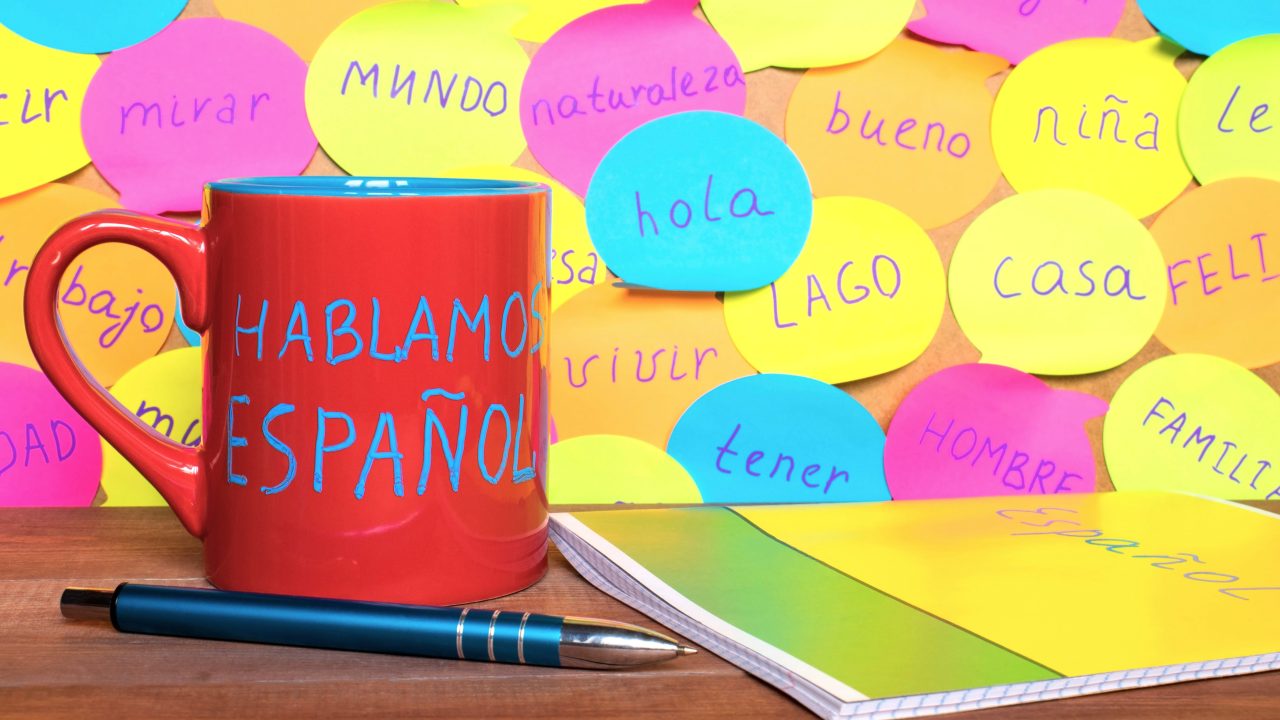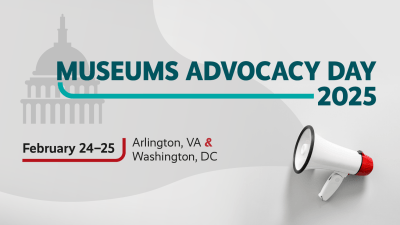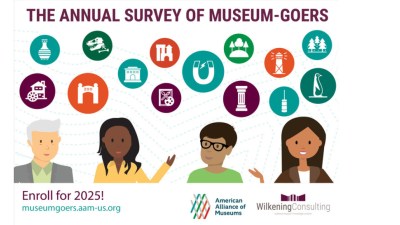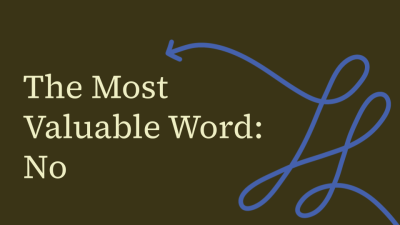
Every few months or so, there’s a family gathering. From a birthday celebration to a family cookout, my family never seems to have a shortage of reasons to gather. At the time of this writing, I am twenty-six years old, making me the right smack in the middle, at least age-wise, of the ever-expanding cohort of primos I belong to. We’re the generation that, in many ways, is the in-between. Our identity is contested between our roots south of the US border and our upbringing on this side of it, which found us operating as the official translators and, often, legal representatives in all situations for our families, from disputing water bill rates over the phone with the town assessor to being expected to skillfully translate the tax jargon emblazoned in the IRS letters that our parents received when we were in grade school.
Those familial responsibilities often branched out well beyond our formative years, carrying into expectations placed onto our adult lives. Many of us were the first to graduate high school and, concurrently, the first to matriculate through colleges and universities. Although I appreciate all my parents did to ensure that I had a good education, often, in the conversations I listen into between my mom and family south of the border, I can’t help but wonder if their determination worked too well. I’m the only person in my family, both nuclear and extended, to hold a degree outside of the STEM field and subsequently to attend graduate school not once but twice, first for an MA in Museum Studies and now for a doctorate in history. I work in museum curation and community engagement, but you would never know that from hearing my parents speak to friends and relatives about my path.
When either one of them encounters questions about what I do, their answers are almost impressively vague. Él estudia, o hace algo con los museos, no sé. (He studies, or he does something with museums, I don’t know.) Only so many times can one explain what it means to be a historian and why it’s essential work. I don’t hold my parents’ (and, by extension, my family’s) lack of understanding about what I do against them. It’s far easier to visualize what it means to be an engineer, a nurse, or an automotive technician, especially when the material rewards of their labor are more readily seen. I’ve found, at least in my family, that homeownership and being able to vacation in the summers holds just a bit more merit than having your name on the staff panel in an exhibit or an academic journal article or blog post. The most challenging question to answer when I talk to grandparents and elderly relatives on the phone is a frustratingly straightforward one: ¿Y por qué tanta escuela? (Why so much schooling?)
My first attempts at explaining why, that it takes a breadth of specialized and lived experience to write the little labels that no one, bar other museum nerds, reads, were met with an insurmountable concrete wall very early on. No matter what museum I took my family to—and in Chicago, there is one for every particular taste—there was just one issue. Everything on the wall, inside the vitrines, and on the interactive screens was in English. Therein was my conundrum. How could I give justice to the carefully chosen words of curators, researchers, and activists present in the gallery as I translated them in real time to my loved ones, and at the same time explain how I was able to find myself in these brief writings, even if the subject matter was nothing that I had ever seen before? I still sometimes hear a disembodied voice in my head, a passing comment heard somewhere in a gallery: Estaría bien si estuvieran en español (it’d be nice if they were in Spanish). I don’t know who that statement belongs to, but the provenance doesn’t matter because it’s true.
Skip over related stories to continue reading articleThat brings me to the present day, where in a perfect storm of living in a major city and being at the right place and at the right time, I was able to begin my work doing freelance translation and copyediting for one institution, which quickly became two, and now is almost a half dozen. It’s work done behind the scenes, where often I find myself debating with the dictionary, thesaurus, and everyday vernacular, all in pursuit of the most accessible language I can find. English-Spanish translation is not a cut-and-dry practice. It’s a balance of finding the middle ground between an institutional voice, familiarity, and warmth. It’s a work of joy, collaborative trust, and patience. For me, translation of the text on the walls is as much about making institutions more accessible as it is about expressing love for what I do, and offering a glimpse into it for those around me who may not immediately understand the importance behind it.


If nothing else, I finally have an answer to ¿Y por qué tanta escuela?. All the schooling was to nurture that love of words, language, and pursuit of understanding that has been in refinement for years. It was to be able to take the history, emotions, and power behind the things on the wall and behind the glass and make them more accessible to the fastest-growing minority population in the country. Mi gente. Mi familia. When I convince my parents or other relatives to come to a museum and see the show I worked on, I’m finally okay with the fact that they may not ever fully understand the thrill of poring over the intricacies behind an artifact or historical footnote in the same way that a nurse provides care or an engineer streamlines an operation. And that’s okay, because the joy of writing and translating Spanish language labels means that, above all else, we’re helping people feel welcome at institutions that they may not otherwise have felt welcome at before, helping to bridge connections across communities. Most importantly, we’re not changing the world, but instead helping, through language, folks like my mom and dad and all those other relatives find their place in history.









Thank you for this thoughtful piece. It resonated with me on many levels. Being bilingual automatically makes us bridge builders. I almost had a career in the museum field, and I am one of those who actually reads labels…all of them! I am always looking to see how museums are making themselves accessible or not and when there are translations, I study those even more intently.